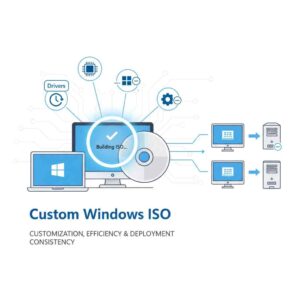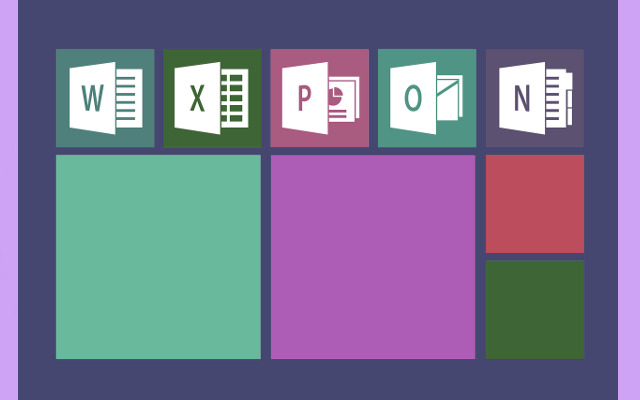You can set up your system exactly how you want it before installing Windows by making your own ISO file. You may add drivers, install vital software, and uninstall apps you don’t need. This saves a lot of time when you’re setting up more than one computer or rebuilding your own. A custom ISO gives you a version of Windows that is ready to use right away, instead of having to install a plain version and then change it later. This is really helpful for IT workers, system administrators, and tech fans who utilize a lot of computers.
Making a Windows ISO Just for You
Why Should You Change Your Windows ISO?
There are a number of reasons to make your own Windows ISO. The first thing it does is save time by automatically installing drivers, updates, and apps. This means less work after the installation. Second, what’s important to organizations is to make sure certain all devices are the same, which it needs systems that perform the exact same way on all devices. Third, to make sure your download works smoothly, add important drivers, like the ones for network devices, which is now possible. Lastly, you can delete apps and features that you don’t need and that slow down the system. This will speed up and clean up Windows.

The Process of Customization
With the Windows Assessment and Deployment Kit’s Deployment together with Imaging Tools Environment, customizing Windows ISO is now available. To start, you must check that all you need is ready as well as your drive’s memory has enough fee space. Also, the Windows OSO file the Windows Assessment and Deployment Kit (ADK) are already downloaded. After everything is ready, utilize the DISM tool to mount the WIM file. This file has the major Windows system files in it. You can see and change what’s on it after mounting it. For example, you can add drivers, combine updates, or get rid of parts that aren’t needed before finishing your custom Windows image.
You may now add settings and apps. A lot of people make a “golden image” by installing Windows on a reference PC, adding software, and changing settings. After that, the Sysprep program gets the system ready to work on other devices. Then, you use DISM to save this setup to a new WIM file. Finally, you save your changes and use the OSCDIMG program (part of the ADK) to make a bootable ISO file. This last file has your own version of Windows that you made.
Ending Statement
Learn to make a custom Windows ISO may take some time to, but it’s worth it. It lets you fast install Windows with all the programs,updates, and drivers already there. A custom Windows ISO makes setting up PCs for a business or for yourself faster, easier, and more efficient.
Discover what makes Windows the heart of modern computing!






